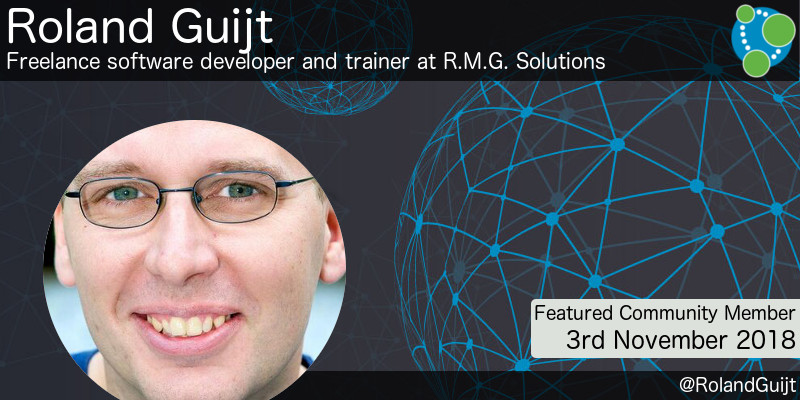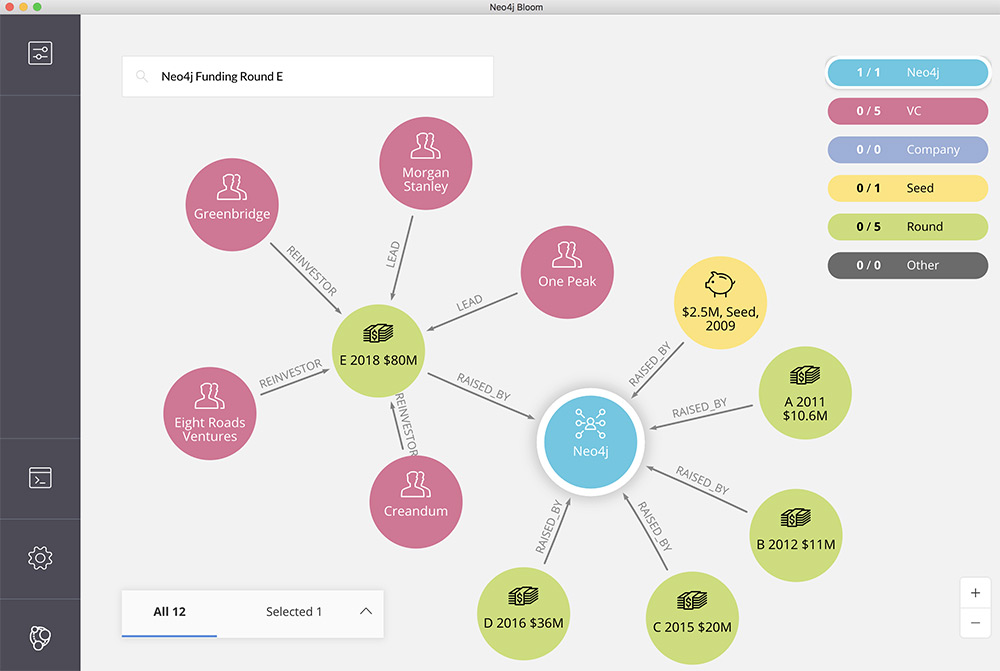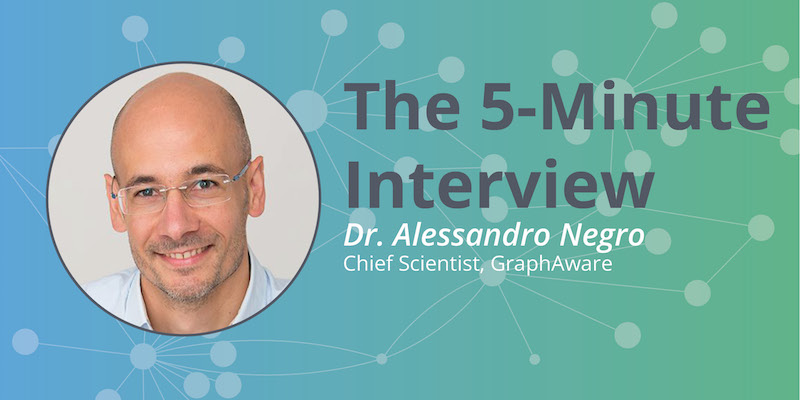This Week in Neo4j – $80 Million Series E, New Neo4j Monitoring Tool, Cyber Attack Graphs, Spring Data Neo4j Tutorial

Developer Relations Engineer
4 min read

Welcome to this week in Neo4j where we round up what’s been happening in the world of graph databases in the last 7 days.
This week we have Neo4j’s $80 Million Series E, Cyber Attack Graphs, an interview with the author of the upcoming book Graph-Powered Machine Learning, a new monitoring tool designed with Neo4j Administrators in mind, and a detailed tutorial on the Neo4j Java Driver, Neo4j-OGM, and Spring Data Neo4j.
Featured Community Member: Roland Guijt
This weeks featured community member is Roland Guijt, Freelance software developer and trainer at R.M.G. Solutions.

Roland Guijt – This Week’s Featured Community Member
Roland has been part of the Neo4j community for several years, and is the author of the popular Pluralsight Graph databases and Neo4j course.
This week Roland updated the course to 3.x and redid the look and feel. The course now includes new sections on the Bolt protocol that was introduced in Neo4j 3.0 and the Neo4j Desktop introduced in Neo4j 3.3.
On behalf of the Neo4j community, thanks for all your work Roland!
Neo4j Closes $80 Million in Series E Funding

This week Neo4j closed an $80 million Series E funding round led by One Peak Partners and Morgan Stanley Expansion Capital.
Neo4j has now raised a total of $160 million in growth funding – the largest cumulative investment into a graph database company.
This week’s funding will help Neo4j continue to deliver customer success with graph-powered business applications, while increasing investment on popular use cases, including graph-enabled artificial intelligence (AI) and machine learning (ML) systems.
Monitoring Neo4j with Halin

David Allen has written a blog post about Halin, a tool he’s been working on to make it easier to monitor Neo4j databases and clusters. Halin goes beyond what standard monitoring tools can offer as it’s been created with Neo4j administrators in mind.
One really cool feature is the Diagnostic Advisor which gathers metadata about your Neo4j instance on the fly, and then runs it through a series of rules which make suggestions about what’s good, what could use improvement, and where there are errors.
Spring Data Neo4j Tutorial, gREST and GraphQL releases, Visualising Projected Graphs

- In Michael Simons latest blog post he explores the different options for accessing, manipulating, adding and deleting data from Neo4j using the Neo4j Java Driver, Neo4j-OGM, and Spring Data Neo4j.
-
The first stable version of gREST has been released after being heavily refactored to make it optimized and fast enough for production environment.
gREST is a RESTful API development framework on top of Python, Flask, Neo4j and Neomodel. Its primary purpose is to ease development of RESTful APIs with little effort and minimum amount of code. - Will Lyon released version 1.0.5 of the neo4j-graphql.js library, which now includes the ability to specify which type definitions to include in the auto-generated Query and Mutation types. You can read more about these new features in the docs.
- I wrote a blog post showing how to visualise projected graphs using the APOC library.
5-Minute Interview with Dr. Alessandro Negro, Chief Scientist at GraphAware

This week Bryce interviewed Dr. Alessandro Negro as part of the 5-minute interview series.
They talk about Alessandro’s experiences finding the structure in text documents using Natural Language Processing, and the Hume product that has been built from this work.
Alessandro also discusses his upcoming book, Graph-Powered Machine Learning, and his thoughts on the future of graphs.
Big-Data Architecture for Cyber Attack Graphs

Steven Noel, Eric Harley, Kam Him Tam, and Greg Gyor have published their paper Big-Data Architecture for Cyber Attack Graphs.
They propose a new Neo4j based modeling framework for mapping vulnerability paths through networks and associating them with observed attacker activities.
They import network relationships and events, such as topology, firewall policies, host configurations, vulnerabilities, attack patterns, intrusion alerts, and logs, and then execute graph analytics over the data via the Cypher query language.
Read the paper
Next Week
What’s happening next week in the world of graph databases?
| Date | Title | Group |
|---|---|---|
|
November 7th 2018 |
||
|
November 8th 2018 |
Tweet of the Week
My favourite tweet this week was by Malmö Startups:
Exciting day for Malmö’s startup scene and @neo4j who just announced a 730million SEK investment!! https://t.co/tDeITLkpIc pic.twitter.com/5kTLrjLcND
— Malmö Startups (@malmostartups) November 1, 2018
Don’t forget to RT if you liked it too.
That’s all for this week. Have a great weekend!
Cheers, Mark








